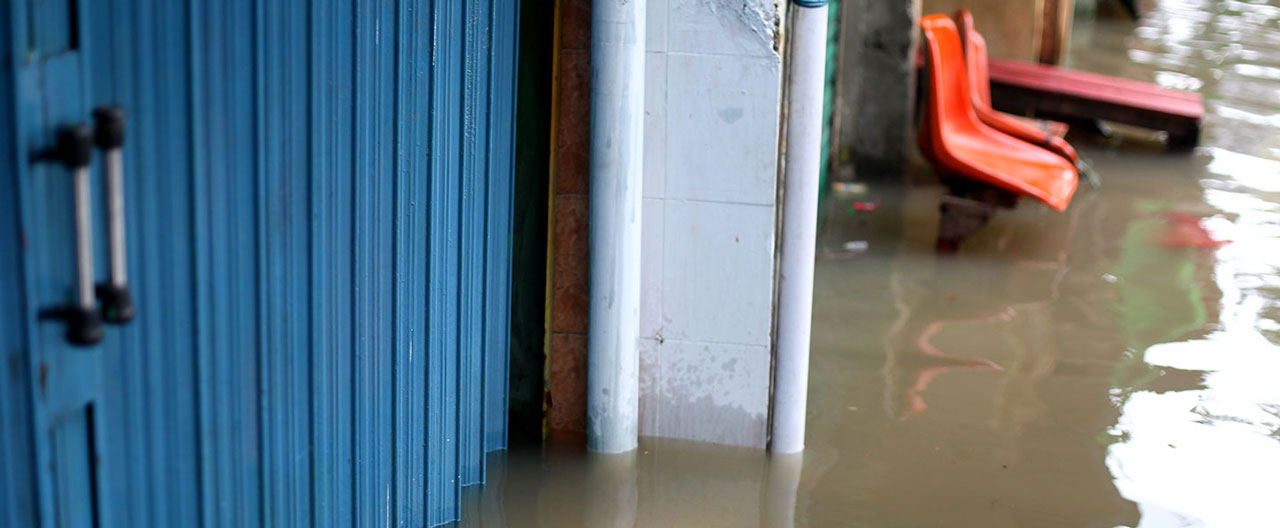- Individuals & Families
- Businesses
- Brokers

With winter on its way out, you may be ready for some spring cleaning.

Make sure you protect your classic cars from damage or additional wear and tear.

Keep your important papers and small valuables away from burglars, fire or natural disaster.

For over a hundred years, we’ve offered unparalleled stability and protection for small boats, yachts, luxury mega-yachts, and more.

Here are some things you can do to assist firefighters and minimize the damage to your home.

At their worst, disputes between professional service firms and their clients can lead to costly lawsuits.
Floods are more common and cause more destruction than any other natural disaster in the world. They can happen over a period of days or a matter of minutes – even in areas that are not considered a flood risk. That’s why, when you’re thinking about your business continuity plans, it’s wise to include a Flood Emergency Response Plan that can provide the resources you need, protect your employees, save time, reduce property damage, and get your business up and running again if a flood occurs. These five steps can help you get started.
1. Anticipate the potential sources and impact of a flood.
Consider your local climate and potential weather events, including what time of year floods might occur. Find out whether there are upstream controls such as levees or dams in the area; the likely extent of any flooding (rate of rise, depth, how long water levels will remain elevated); and how closed roads or bridges might affect your business. Understand the drainage systems within your facility.
2. Implement preventive measures ahead of time.
To prepare your business to survive a flood, consider storing critical records and key equipment in higher locations. Look into installing protective walls, waterproof closures, and backup systems such as non-electric water pumps, diesel generators, and battery-powered lighting in your facilities. Install check valves where utility and sewer lines enter the building, and move vulnerable equipment, raw materials, and finished products away from doors and windows.
3. Establish an emergency response team.
The team should have clearly defined responsibilities and levels of authority. They can then:
- Identify how and from whom you’ll get updated flood information.
- Determine which business functions are most critical and need resources quickly.
- Maintain contact lists of key personnel, suppliers, and customers.
- Locate facility site and floor plans that show emergency shutoffs, utilities, fire prevention systems, etc.

4. Establish emergency response procedures.
Work with your response team to create an emergency plan to:
- Communicate with employees, customers, suppliers, government officials, and the media about how the flood is affecting your business.
- Protect your employees from contaminated flood waters and electrical hazards. If a flood occurs, insist that they wear sturdy rubber boots, waterproof gloves, and respiratory protection, and do not assume any part of a flooded electrical system is safe.
- Make sure the building is safe. If a flood occurs, contact professionals to verify your building’s stability before entering, then inspect all equipment for damage. Remove wet, porous materials and replace damaged HVAC, water heaters, controls, gas valves, and electrical wiring.
- Shut down equipment, utilities, and evacuate the facility.
- Train your employees to make sure they understand what to do if a flood occurs; provide information about security, medical emergencies, and relocation.
5. Test and update your plan.
Run through your emergency procedures before a flood happens to ensure a speedy, safe, and proper response. If you do experience a flood, update your Flood Emergency Response Plan with lessons you’ve learned.
Insights and expertise


This document is advisory in nature and is offered as a resource to be used together with your professional insurance advisors in maintaining a loss prevention program. It is an overview only, and is not intended as a substitute for consultation with your insurance broker, or for legal, engineering or other professional advice.
Chubb is the marketing name used to refer to subsidiaries of Chubb Limited providing insurance and related services. For a list of these subsidiaries, please visit our website at www.chubb.com. Insurance provided by Chubb Insurance Company of Canada or Chubb Life Insurance Company of Canada (collectively, “Chubb Canada”). All products may not be available in all provinces or territories. This communication contains product summaries only. Coverage is subject to the language of the policies as actually issued.

